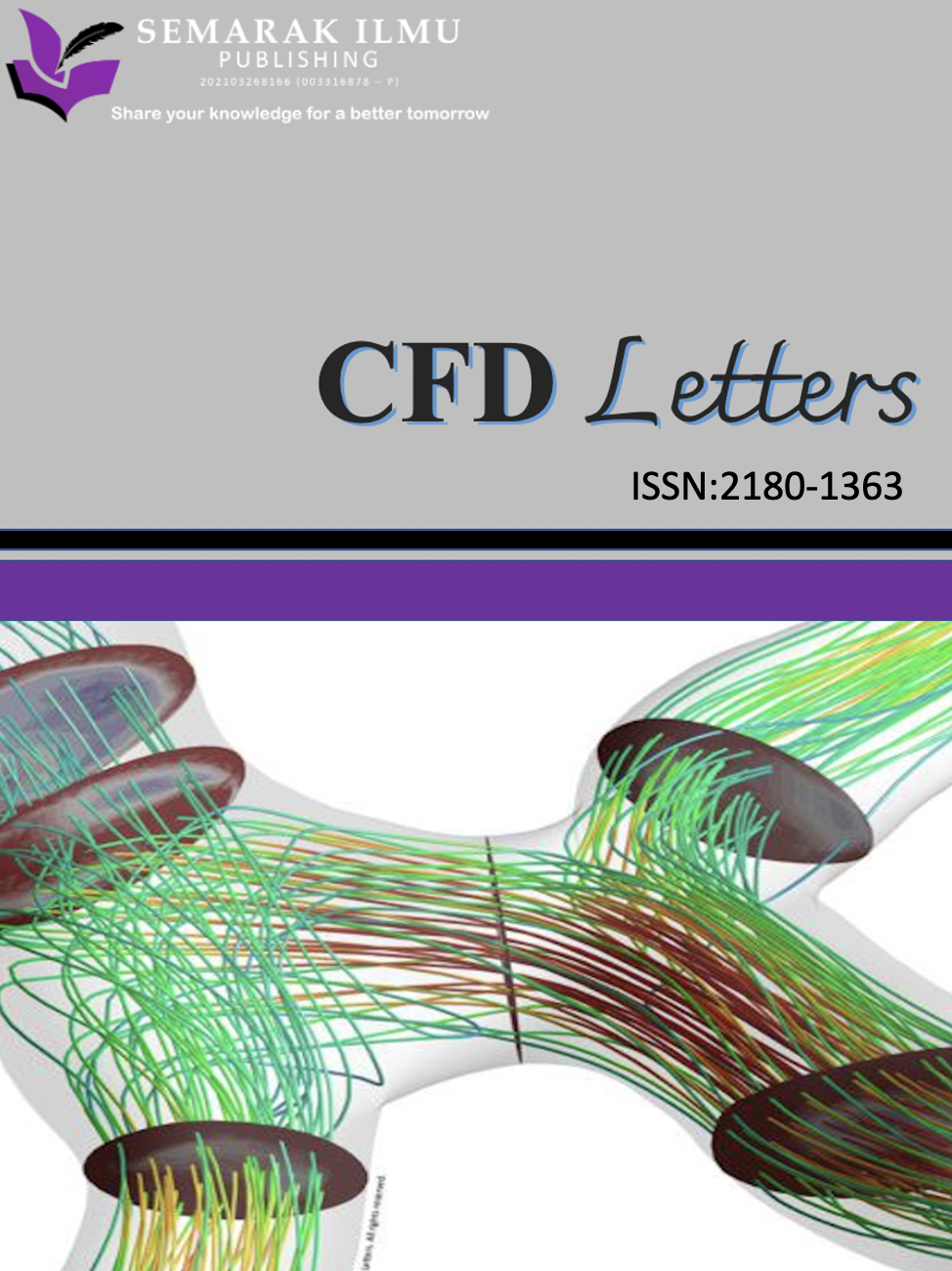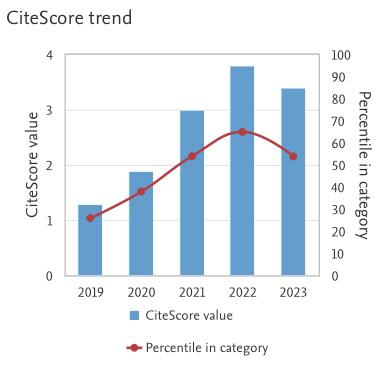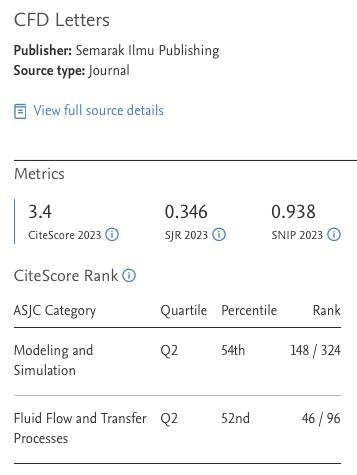Numerical Computations of Biomagnetic Fluid Flow in a Lid Driven Cavity
Keywords:
Biomagnetic Fluid Dynamics, Finite Element Method, Finite Difference MethodAbstract
The study on the effects of biological fluids in the presence of magnetic field is known as biomagnetic fluid dynamics (BFD) and the most common biological fluid that exhibit such magnetic properties is blood. An extensive research work has been done in this area due to its applications in medical and bioengineering. Basically, it is essential for a study to be justified according to certain benchmark before progressing. Hence, biomagnetic fluid flow in a lid driven cavity is numerically investigated by utilizing two numerical schemes: finite difference and finite element methods. The formulation adopted is consistent with the principles of ferrohydrodynamics. The mathematical model describes Newtonian blood flow under the influence of a spatially varying magnetic field. The model considers the biofluid as non-conducting. The flow is assumed to be two-dimensional, steady, laminar and isothermal. The implementation of finite element method shows stability issue due to extremely steep magnetic field gradient while finite difference method shows no issue. Due to this, a solution is proposed to alleviate the problem and the result for various magnetic field intensity presented.
Downloads
























